Panama’s highland regions remain surprisingly overlooked, despite offering experiences that rival Costa Rica’s famous cloud forests and mountain towns. These elevated territories present a completely different Panama than the canal zone or beach resorts that dominate tourism narratives.
Here is a list of 15 unexpected discoveries awaiting travelers who venture into Panama’s cooler, misty highlands, where coffee grows and cloud forests thrive.
Boquete’s Microclimates

The highland town famous for retirees harbors remarkable climate diversity within just a few miles. Boquete sits within a volcanic caldera where warm air currents create distinct growing zones almost within sight of each other. Coffee flourishes in one valley while strawberries thrive just over the ridge, with temperature differences you can feel walking between neighboring farms.
Local growers harness these microclimates to produce crops that technically shouldn’t thrive at the same elevation, creating agricultural anomalies that confound botanical expectations.
The Highland Ngäbe Villages

Panama’s largest indigenous group maintains traditional communities throughout the highlands where cultural practices continue largely unchanged by tourism. Ngäbe villages welcome respectful visitors through community-based initiatives rather than packaged cultural shows.
Family compounds feature distinctive architectural styles using local materials and traditional techniques passed through generations. The textile tradition produces naguas—colorful dresses with geometric patterns that tell family stories and community histories through their intricate designs.
Like Travel Pug’s content? Follow us on MSN.
Volcan’s Roadside Markets
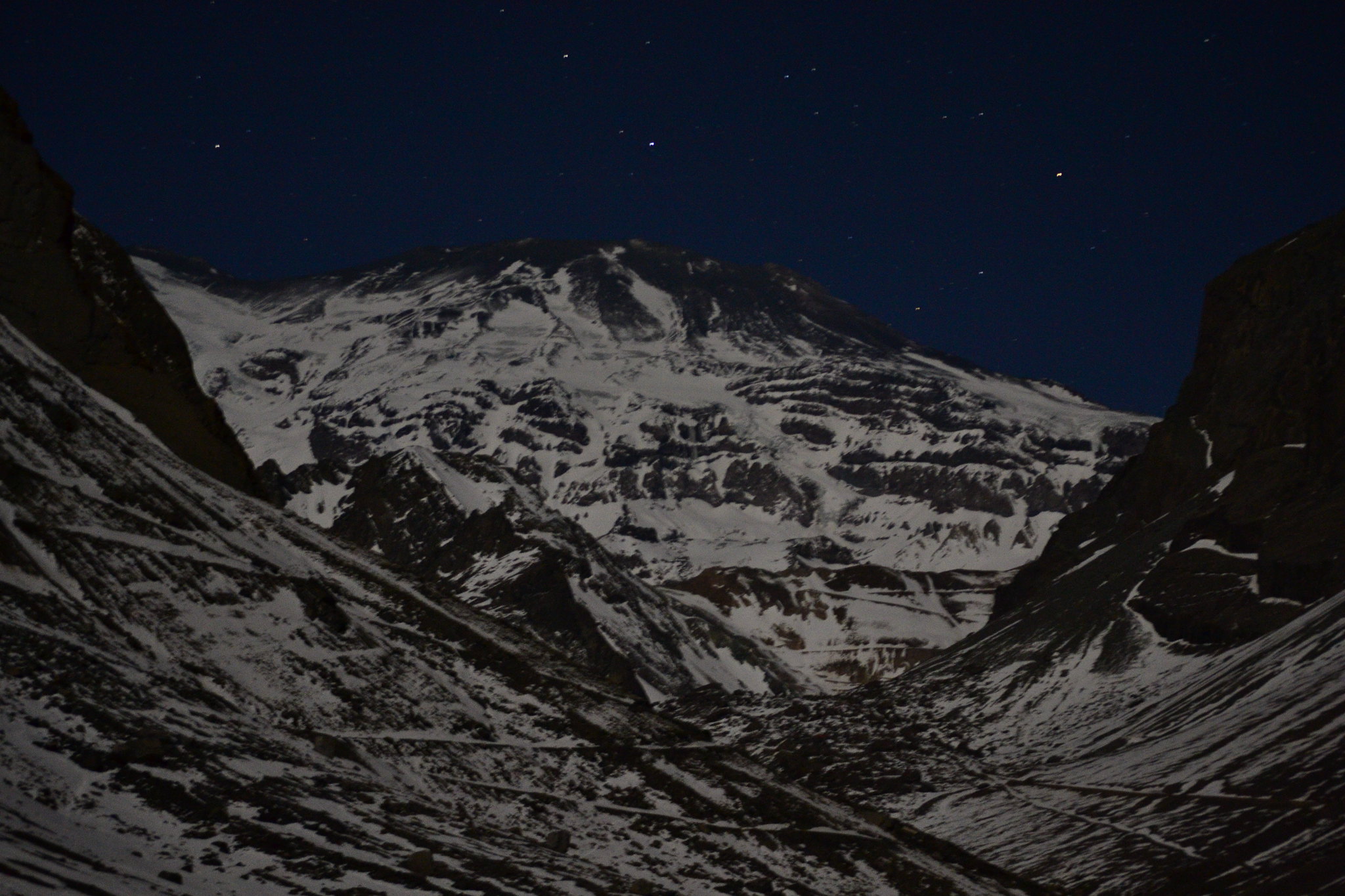
Unlike the government-sanctioned artisan markets in tourist areas, these informal stands operate according to harvest schedules rather than visitor arrivals. Local farmers display just-picked produce arranged by color and variety, creating natural still-life compositions along mountain roads.
The selection changes daily based on what ripened overnight, from familiar items to exotic fruits with no English names. Transactions happen through a blend of Spanish and indigenous languages, with prices reflecting actual value rather than tourist premiums.
Bambito’s Trout Farms

Mountain streams in this highland region support small-scale aquaculture operations where visitors catch their dinner. These family-run enterprises raise trout in clear, cold-water pools fed by springs that emerge from volcanic soils.
The farms operate as both recreation centers and restaurants, providing fishing gear and cooking services in open-air pavilions overlooking the water. The entire experience connects visitors to food production in ways resort dining never could, with meals priced for locals rather than tourists.
El Valle’s Square Trees
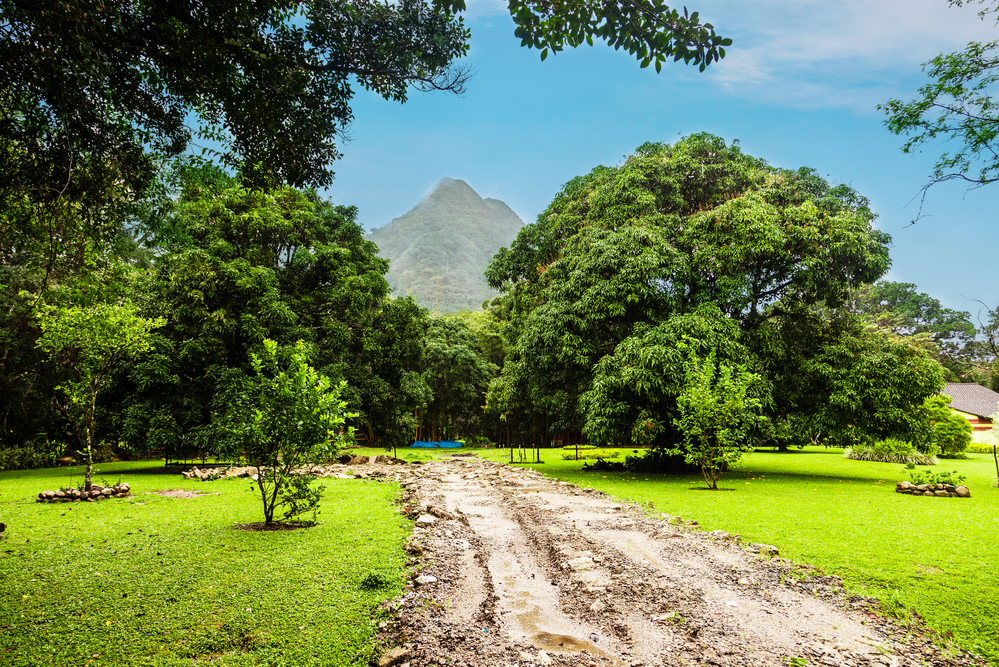
This highland town sits within the world’s only inhabited volcanic crater, creating conditions for botanical oddities, including trees with square trunks. The Cuadrado trees grow with distinctly rectangular cross-sections, defying the normal circular growth patterns seen worldwide.
Scientists debate whether genetic mutations or environmental factors cause this phenomenon, unique to Panama’s highlands. Local guides point out these arboreal oddities during walks through preserved forest patches within the crater floor.
Like Travel Pug’s content? Follow us on MSN.
Highland Coffee Harvesting
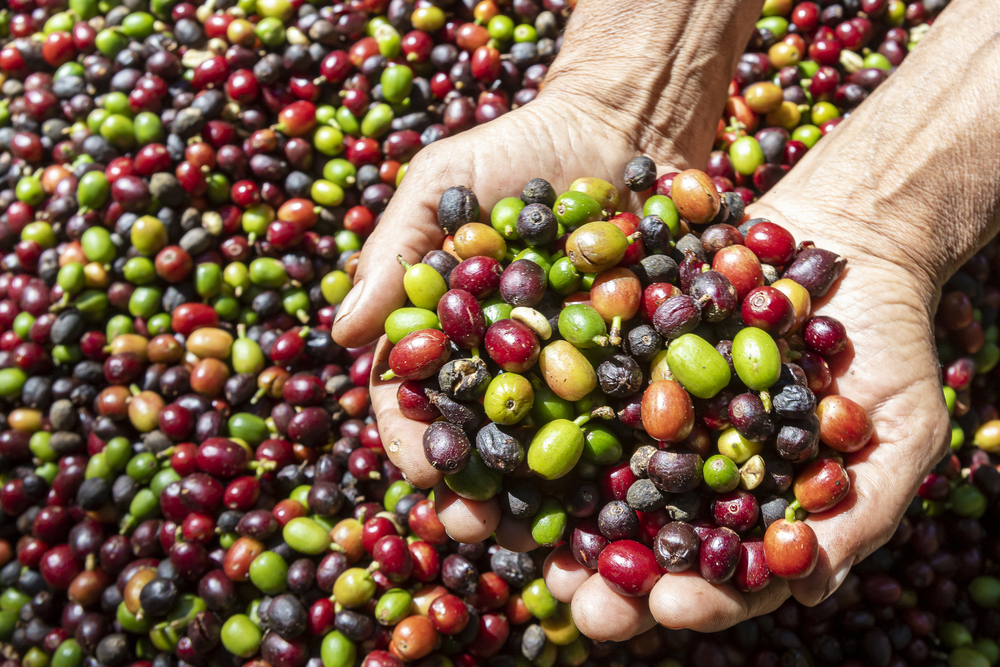
While plantation tours exist worldwide, Panama’s highland farms offer hands-on harvesting experiences during peak season. Coffee fincas around Boquete and Volcan invite visitors to join actual harvest activities rather than staged demonstrations.
Participants learn to identify perfectly ripe cherries and proper picking techniques from workers who’ve developed the skill over decades. The experience concludes with traditional worker meals served under shade trees—plantains, beans, and fresh cheese rather than café sandwiches.
Quetzal Trail’s Empty Paths
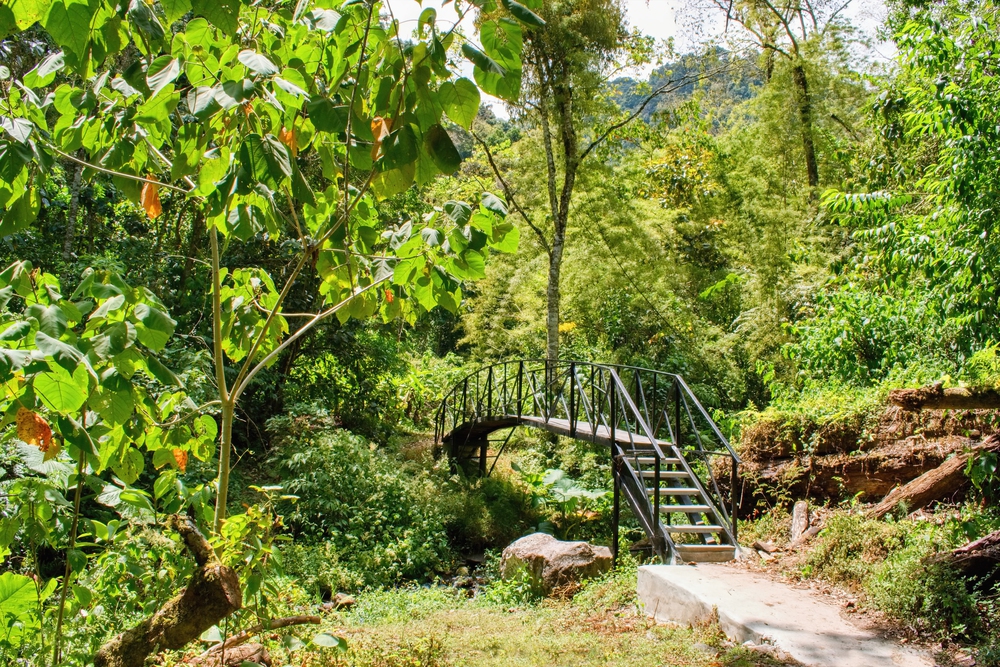
Despite protecting habitat for the resplendent quetzal—Central America’s most famous bird—this highland trail network remains remarkably uncrowded. The paths wind through pristine cloud forests without the boardwalks and viewing platforms found in similar ecosystems elsewhere.
Hiking these trails means encountering wildlife behaving naturally rather than conditioned to human presence, though this requires patience and quiet observation. The trail system connects to working farms where boundaries between protected and productive land blur through sustainable management practices.
Cerro Punta’s Agricultural Landscape
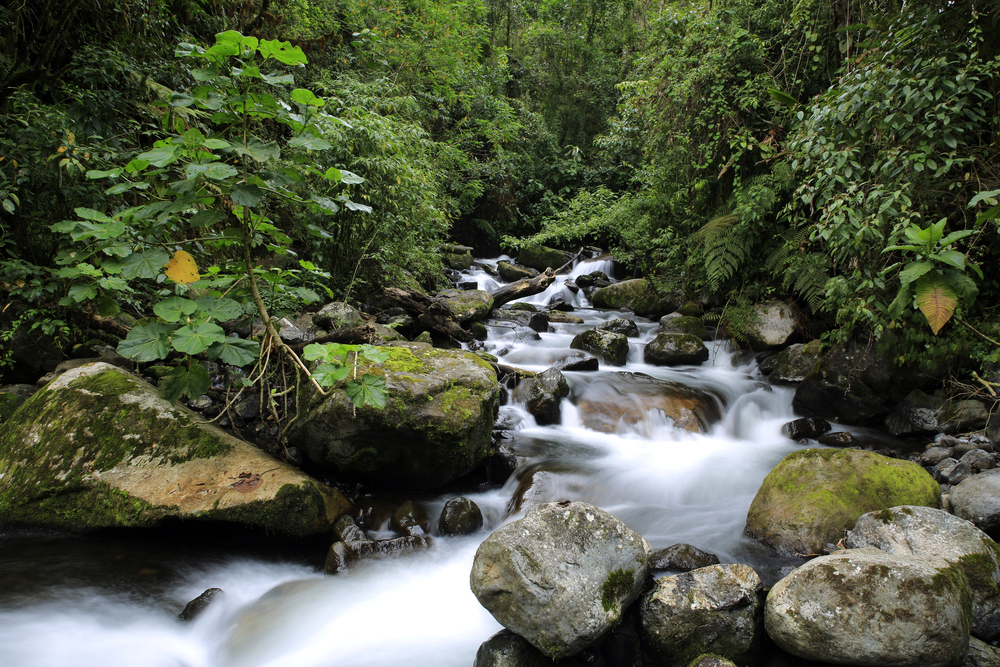
Panama’s vegetable basket features a patchwork of small farms ascending steep mountainsides in geometric patterns. The highland climate supports cool-weather crops that can’t grow elsewhere in tropical Panama, creating an unlikely landscape of lettuce, broccoli, and potatoes.
Farmers use traditional techniques to maintain soil on slopes so steep that machinery proves impractical, creating an agricultural system more similar to the Andes than typical Central American farming. The region supplies fresh produce to much of the country through an elaborate network of small trucks and roadside transfer points.
Like Travel Pug’s content? Follow us on MSN.
The Highland Chinese Community

Few visitors expect to find multigenerational Chinese farming communities in Panama’s mountains, yet they’ve shaped highland culture for over a century. Chinese immigrants arrived as railroad workers but remained as farmers, creating fusion cuisine that blended Cantonese techniques with local ingredients.
Family restaurants serve dishes found nowhere else—chow mein made with highland vegetables or dim sum using local corn flour. The cultural influence appears in architecture and agricultural practices throughout the highlands, creating a distinct Panama-Chinese identity rarely mentioned in travel literature.
La Amistad International Park Access
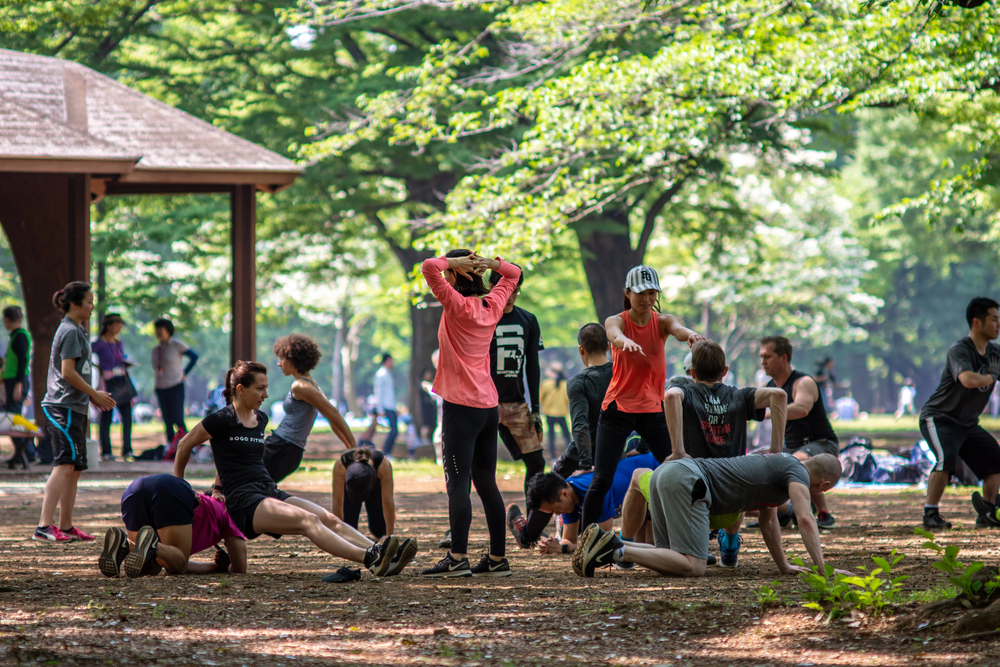
This UNESCO World Heritage site spans the Costa Rica-Panama border, yet the Panamanian entrance receives a fraction of the visitors. The highland access points near Cerro Punta lead to pristine forest with minimal infrastructure beyond basic trail marking.
The biodiversity matches more famous Central American preserves—over 600 bird species and countless plants—without the interpretive centers or guided tour requirements. The park represents true wilderness rather than a managed nature experience, requiring self-sufficiency and genuine exploration skills.
Bambito’s Thermal Springs
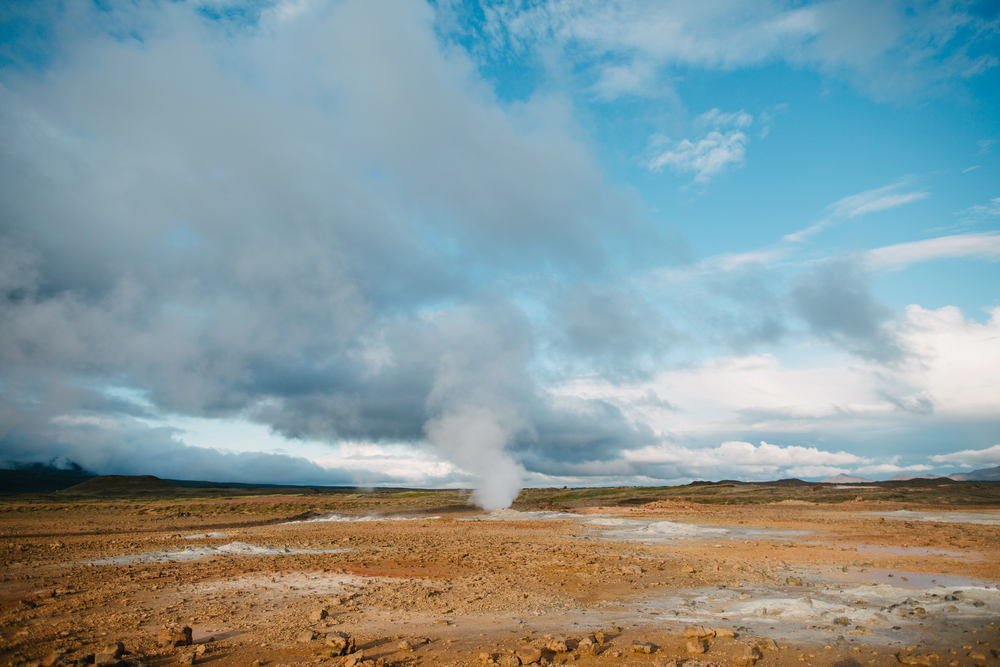
Unlike developed hot springs with concrete pools and service bars, these thermal waters bubble naturally along riverbanks with minimal alteration. Local families have placed a few rocks to create soaking areas, but the experience remains essentially wild rather than commercialized.
The springs vary in temperature with rainfall and river levels, creating constantly changing conditions rather than controlled spa environments. Visitors share these spaces with highland residents who’ve used the waters medicinally for generations.
Like Travel Pug’s content? Follow us on MSN.
The Pan-American Highway Gap
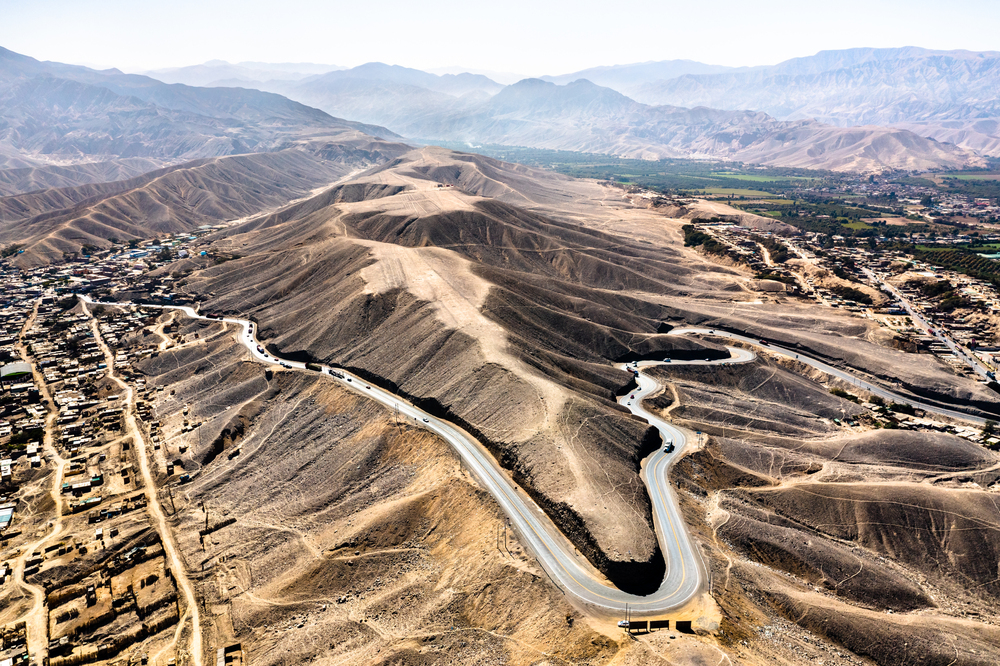
The famous road connecting Alaska to Argentina breaks only in Panama’s Darién region, but few realize that the highland portion offers extraordinary landscapes. The highway cuts through Panama’s continental divide at nearly 6,000 feet, creating vistas across both the Pacific and Caribbean on clear days.
Roadside stands operated by highland farmers offer seasonal specialties unknown in lowland markets—tree tomatoes, blackberries, and unique potato varieties. The route passes through climate zones that transition visibly through the windshield, from cloud forest to alpine páramo, within an hour’s drive.
The Forgotten Barú Volcano Trail
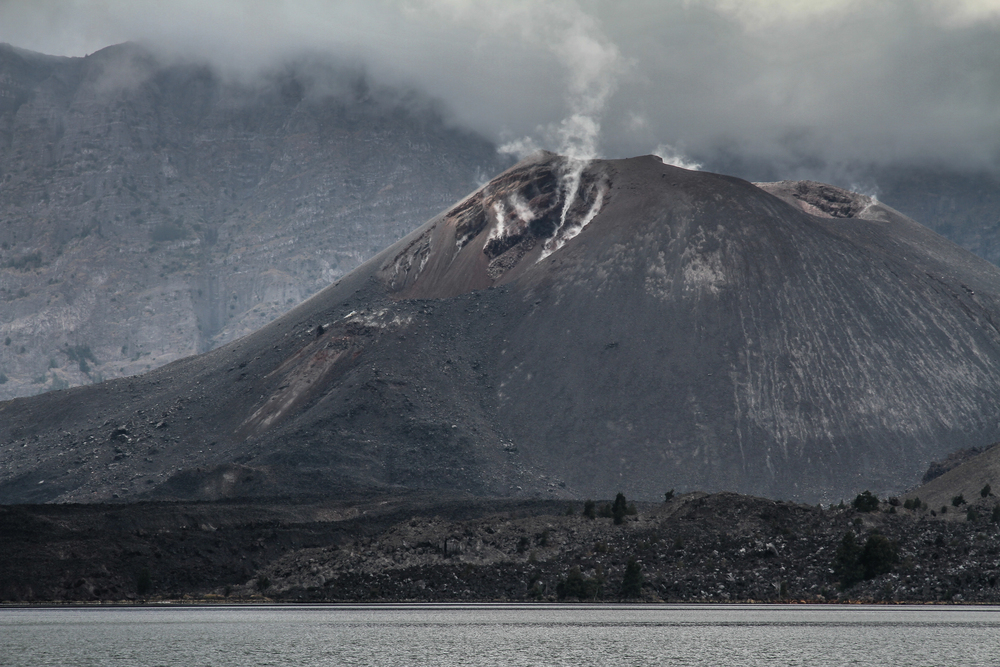
While many tourists visit Barú through organized Jeep tours, the traditional highland path remains lightly traveled. The old trail winds through ecological zones that shift with elevation, from coffee plantations through cloud forests to alpine vegetation near the summit.
Local guides share knowledge of medicinal plants and wildlife tracking, rather than rehearsed facts about elevation and visibility. The summit reveals both Pacific and Caribbean coastlines on clear mornings, though reaching this vantage point requires a predawn hike through darkness.
The Highland Festival Calendar
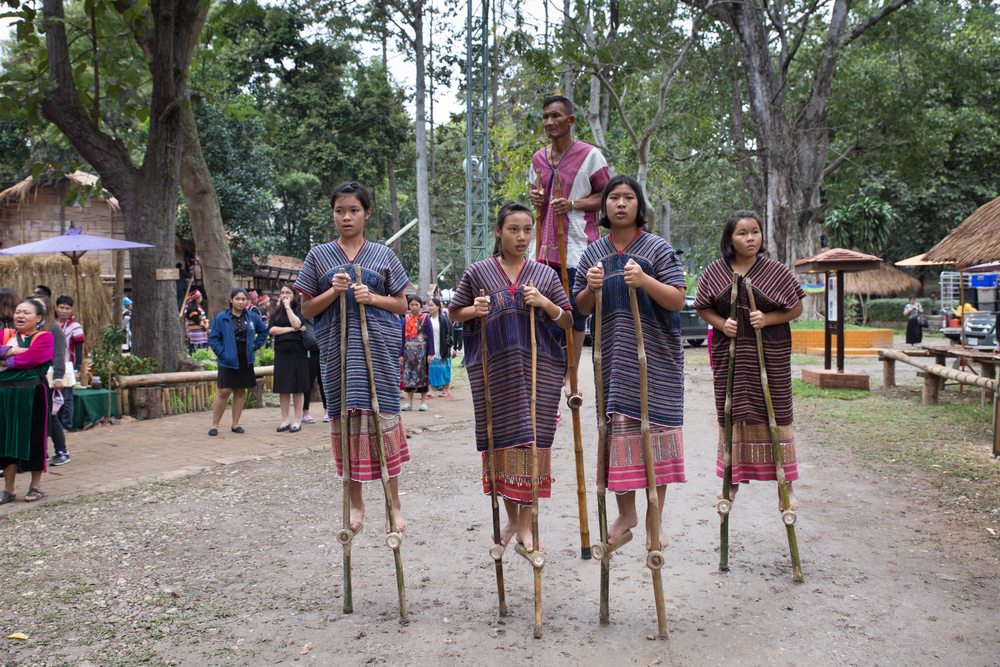
Panama’s highland communities maintain festival traditions that blend indigenous, Spanish colonial, and agricultural celebrations throughout the year. These events feature flower parades, agricultural competitions, and traditional music performances organized for the community rather than tourism.
Festival foods appear only during specific celebrations—specialties like highland tamales wrapped in cloud forest leaves or fermented corn drinks prepared in traditional vessels. Participants wear family heirlooms and handmade ceremonial clothing rather than performance costumes.
Like Travel Pug’s content? Follow us on MSN.
Tierras Altas Development Boom
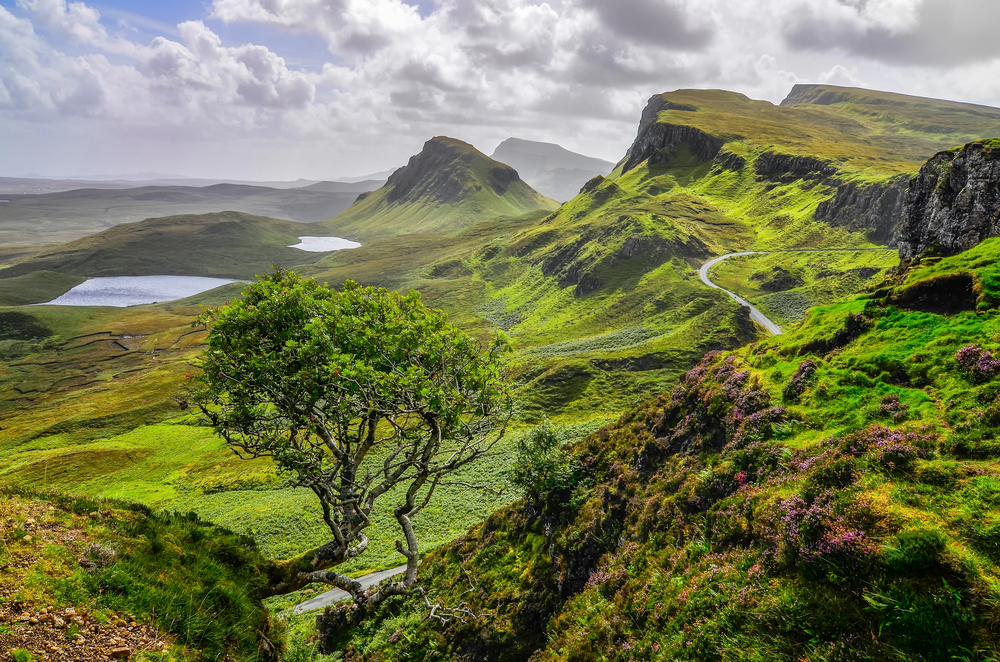
Panama’s newest highland district reveals tourism development patterns in their early stages before international standards reshape local character. This rapidly changing region shows both potential and challenges as agricultural communities transition toward visitor economies without established patterns.
Family farms become eco-lodges while maintaining production, creating hybrid operations where guests participate in daily activities rather than observing from a distance. The region represents Panama’s highland culture in transition—still authentic but increasingly aware of tourism’s value and pitfalls.
Highland Perspectives
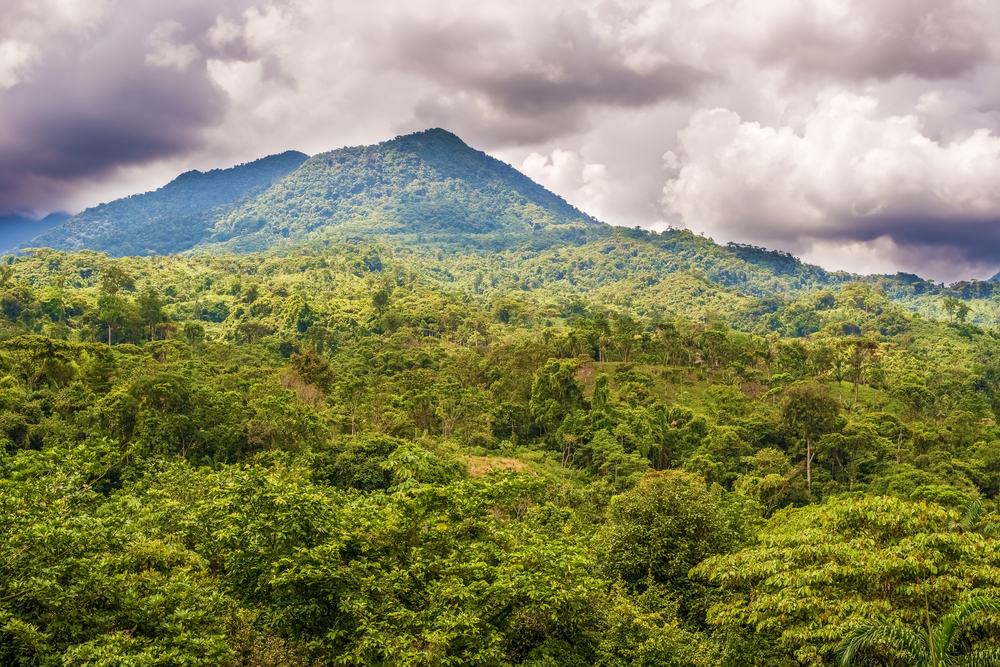
Panama’s highlands offer experiences that contradict tropical expectations while revealing dimensions of the country absent from tourism marketing. These elevated landscapes connect visitors to agricultural traditions, indigenous cultures, and natural environments, operating on their terms rather than performing for outside observers.
The highland experience teaches travelers to value discomfort—rain, mud, and unpredictability—as indicators of authenticity rather than service failures. Perhaps the greatest highland lesson involves recognizing that memorable travel experiences emerge precisely when expectations fall away and actual places reveal themselves on their terms.
More from Travel Pug

- Cities Growing so Fast You Won’t Recognize Them in 10 Years
- 13 Destinations Where Tourists Regularly Regret Their Trip
- 20 Obscure WWII Sites Even History Buffs Don’t Know About
- 10 Under-the-Radar Mountain Towns That Are Both Affordable and Beautiful
- Remote Villages in Europe Where You Can Live for Free in Exchange for Work
Like Travel Pug’s content? Follow us on MSN.
